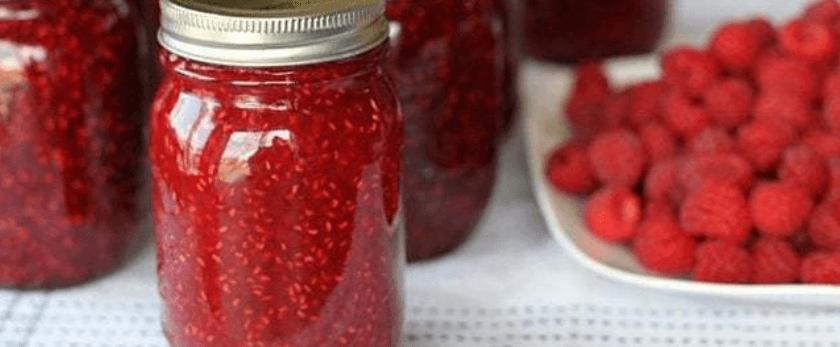Are you tired of buying store-bought jam that is filled with preservatives and comes in plastic packaging? Why not try making your own homemade jam? Not only is it a healthier and tastier option, but it is also better for the environment. In this article, we will discuss why store-bought jam is bad for the environment, the benefits of making your own jam, and provide a step-by-step guide on how to make your own homemade jam.
Why Store-Bought Jam is Bad for the Environment
-
Plastic Packaging: Most store-bought jams come in plastic containers that are not biodegradable and end up in landfills. According to the Environmental Protection Agency, only 9% of plastic waste is recycled in the United States. The rest ends up in landfills or pollutes our oceans, harming wildlife and the environment.
-
Preservatives: Store-bought jams often contain preservatives to prolong their shelf life. These preservatives can be harmful to the environment and our health. They can also contribute to air and water pollution when they are disposed of.
-
Transportation: Store-bought jams are often transported long distances, contributing to carbon emissions and air pollution. By making your own jam, you can reduce your carbon footprint and support local agriculture.

Why Making Your Own Jam is Better for the Environment
-
Reduces Plastic Waste: By making your own jam, you can use reusable glass jars instead of plastic containers. These jars can be washed and reused, reducing the amount of plastic waste that ends up in landfills.
-
No Preservatives: When you make your own jam, you have control over the ingredients and can choose to use natural preservatives like lemon juice or honey. This not only makes your jam healthier but also reduces the harmful chemicals that end up in the environment.
-
Supports Local Agriculture: By using locally sourced fruits, you are supporting local farmers and reducing the carbon footprint of your food. This also ensures that your jam is made from fresh, seasonal produce.
-
Customizable: Making your own jam allows you to customize the flavors and sweetness according to your preference. You can also experiment with different fruits and spices, making it a fun and creative activity.
What You Will Need
- Fresh fruits of your choice (strawberries, blueberries, raspberries, etc.)
- Granulated sugar or natural sweeteners like honey or maple syrup
- Lemon juice
- Pectin (optional)
- Glass jars with lids
- Large pot
- Wooden spoon
- Funnel
- Kitchen thermometer
- Clean kitchen towels
Directions
-
Prepare the Jars: Before you start making your jam, wash the glass jars and lids with hot soapy water and let them dry completely. You can also sterilize them by boiling them in water for 10 minutes.
-
Prepare the Fruits: Wash and chop the fruits into small pieces. Remove any stems, seeds, or pits.
-
Cook the Fruits: In a large pot, add the chopped fruits, lemon juice, and sugar or natural sweetener. If you are using pectin, add it according to the package instructions. Cook the mixture on medium heat, stirring occasionally, until the fruits are soft and the sugar has dissolved.
-
Test the Temperature: Use a kitchen thermometer to check the temperature of the jam. It should reach 220°F (104°C) for it to set properly.
-
Skim off the Foam: As the jam cooks, foam may form on the surface. Use a spoon to skim off the foam and discard it.
-
Sterilize the Lids: While the jam is cooking, place the lids in a pot of boiling water for a few minutes to sterilize them.
-
Fill the Jars: Once the jam has reached the desired temperature, turn off the heat and let it cool for a few minutes. Use a funnel to fill the jars with the jam, leaving about ¼ inch of space at the top. Wipe the rims of the jars with a clean kitchen towel to remove any spills.
-
Seal the Jars: Place the sterilized lids on the jars and tighten them. As the jam cools, you will hear a popping sound, indicating that the jars are properly sealed.
-
Store and Enjoy: Let the jars cool completely before storing them in a cool, dark place. Homemade jam can last for up to a year if stored properly. Once opened, store the jam in the refrigerator and consume it within a few weeks.
Conclusion
Making your own homemade jam is not only a delicious and healthier option, but it is also better for the environment. By using locally sourced ingredients and reusable glass jars, you can reduce your carbon footprint and plastic waste. So next time you crave some jam, why not try making your own? It's easy, fun, and better for the planet. Let's all do our part in creating a more sustainable future.










